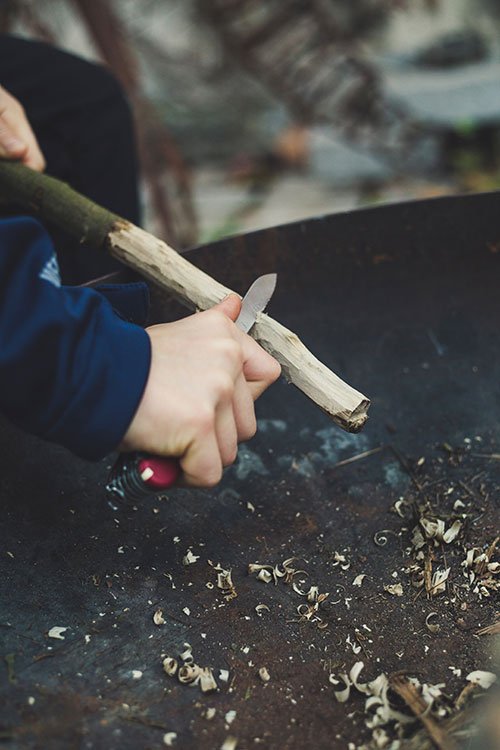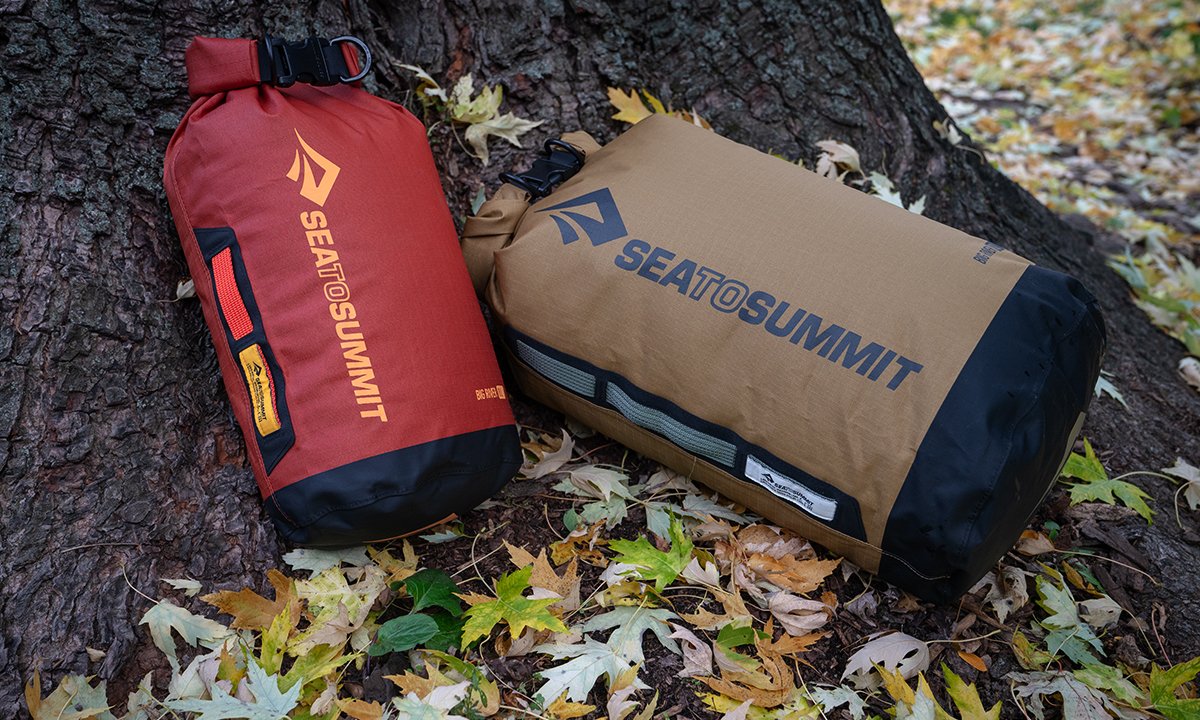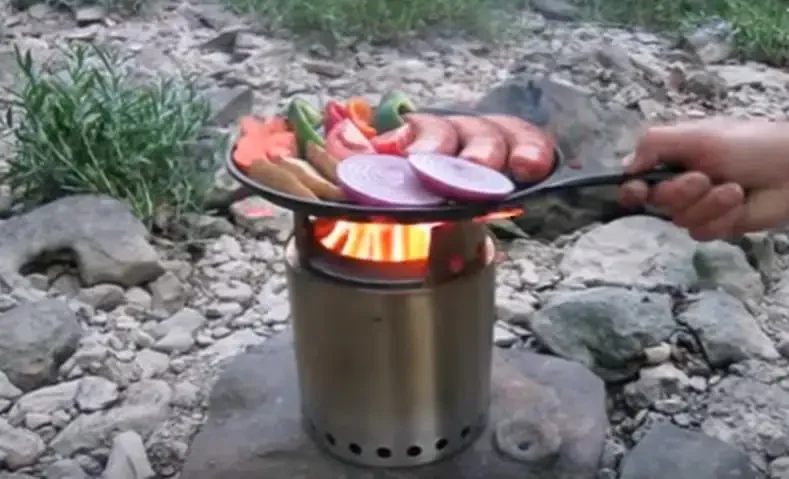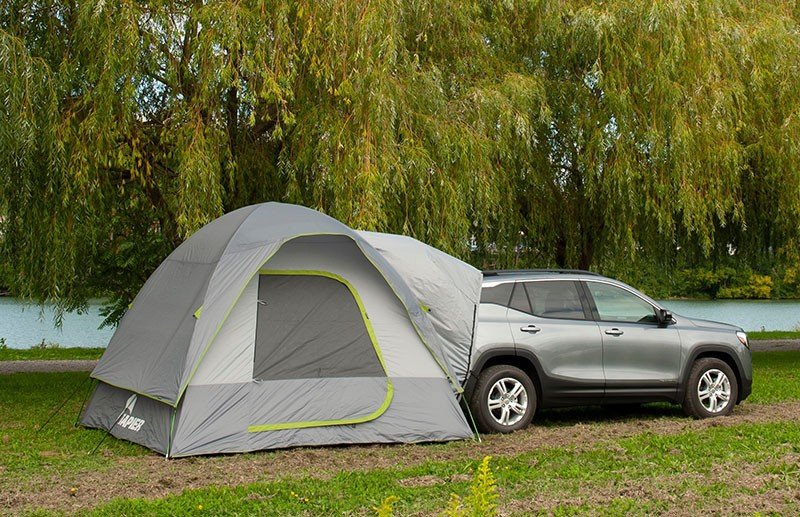If you love outdoor adventure, being stuck at home during cold weather months can just be torture.
Videos by Outdoors
All of the things we love to do are now harder to do because of the drop in temperature. If you want to use this time to work on a few outdoor skills that are both useful and fun, we have you covered. These skill are great for all ages, and will be beneficial long into the future.
Here are five skills you can master before the weather breaks and you are back outdoors!
The One Stick Fire Challenge

This one builds both fire building skills and knife handling skills. The challenge is to find one dry stick and start a fire with it (yes, you can use matches). Veteran fire builders can already see where this is headed. You’ll need to create tinder and various sizes of kindling.
Start by shaving off fine tinder either by holding the knife perpendicular to stick or by creating very thin slices of wood by feathering the stick. After you have a small pile, cut 4-5 pencil sized pieces of kindling for phase two. Whatever is left will be your “fuelwood,” which won’t be much, but it will be enough to get things going.
Note: one approach here would be to simply carve a “fuzz stick,” but that’s not easy either. Make sure you carve very fine slices to make sure it works. Both approaches will build different skills.
The 10 Minute Knot Challenge
This outdoor skill is probably best for ages 12 and up, but if the younger ones want to try, more power to them! You have 10 minutes to memorize as many knots as you can, and when the time is up, you have to tie them by memory. You can use whatever resources you like, including apps and websites. Here is one of our favorite websites for learning knots.
10 minutes isn’t a lot, so the pressure will be on! If you can memorize three new knots in 10 minutes we’ll grant you bragging rights!
Identifying Birds By Their Call
Identifying birds by their call is a fun skill that makes every hike more enjoyable. The hard part is that when you’re in your back yard, you might not be able to see the bird. No problem! With a little research, you’ll still be able to identify them, because ornithologists have devised brilliant mnemonic phrases to help you do so.
First, find out which birds are common in your area. Then, read through the mnemonic phrases and see if you can identify them. For example, the American Robin goes “cheer-up, cheerily, cheer-up, cheerily.” Even in reading this, you might think “Yes! I’ve heard that!” Here are a few common birds to get you started.
Black-capped chickadee: “feebee” (fee is a higher note), or “cha-caw-caw-caw”
Blue Jay: “fee-der-de-lurp” or “queedle-queedle-queedle”
Northern Cardinal: “cheer-cheer-cheer-purty-purty-purty”
When you first read these, they look ridiculous, but they work! It’s fun to walk through the woods and identify birds by their call, and once you get started, it can become addicting.
Carving a spoon

Spoon carving is a common pastime for many outdoorsmen for a good reason: it’s relaxing. To do this well, you’re going to need a hook knife, which you can pick up on Amazon for about $15, and a sharp pocket knife.
You can order blocks of carving wood on Amazon as well, but it’s more fun to cut your own (make sure you’re on private land). Green birch trees work well, and start small. In our experience, it’s the most fun to just start carving while holding the image of a spoon in your mind. More advanced objects can require a pattern, but a spoon is pretty straightforward.
Reprofiling A Dull Knife
This one is more advanced, but it’s worth learning. We’re always surprised at how many people don’t take the time to sharpen their knives properly. Sure, new sharp knives are impressive, but we’re more impressed by someone who knows how to keep a knife sharp.
To bring a knife back from the dead, you’ll need to start with a lower grit. If you’re just getting into it, we’d recommend a system with angle guides like the Worksharp Guided Sharpening System. Maintaining a consistent angle is important, especially if you’re reprofiling. It will take a while, but it’s worth it. There is a special kind of pride that comes with learning how to keep a workable edge on your camping and kitchen knives.
We hope you’re staying busy during winter, and that you’ll take a look at these outdoor skills as an opportunity to increase your outdoor proficiencies.
If you’ve already mastered them, keep looking! There’s always more to learn.









